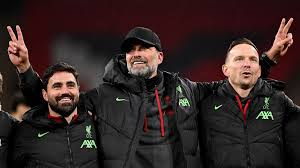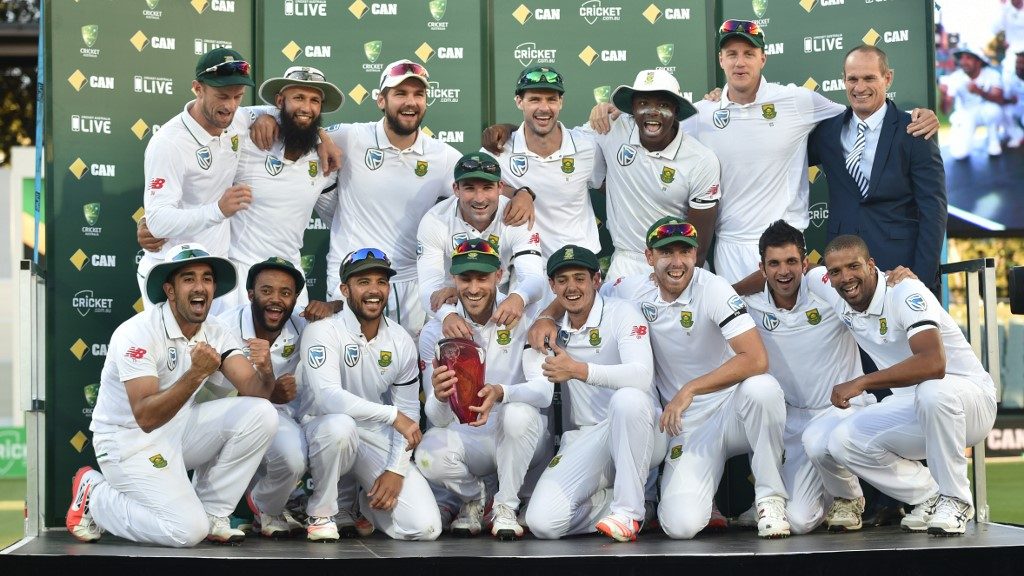Blockbuster Rebuilds: Liverpool's Post-Klopp Gamble vs. Chelsea's Youth-Focused Dynasty

Blockbuster Rebuilds: Liverpool’s Post-Klopp Gamble vs. Chelsea’s Youth-Focused Dynasty
As the Premier League braces for financial reforms and strategic realignment, two of its most prominent clubs—Liverpool and Chelsea—are undertaking ambitious rebuilds that could define their futures for the next decade.
In the red corner: Liverpool, navigating the post-Jürgen Klopp era with high-stakes signings and tactical reinvention under a new manager. In the blue: Chelsea, still betting big on young, high-potential talent to create a long-term dynasty amid ownership transition.
Both clubs are gambling on vision over short-term validation. But only one approach may survive the tightening grip of the Premier League’s impending £466 million spending cap.
🔴 Liverpool: The Post-Klopp Power Play
Few departures in world football have loomed larger than Jürgen Klopp’s farewell after nearly a decade of success. In his place steps Arne Slot—highly regarded, tactically astute, but untested in English football.
Liverpool’s response to the managerial shift? Go big. Very big.
💸 Aggressive Market Moves
- Florian Wirtz: A British transfer record at £116 million, signaling a new creative core.
- Jeremie Frimpong & Giorgi Mamardashvili: Speed and solidity injected at full-back and in goal.
- Milos Kerkez: A £40M defensive reinforcement from Bournemouth.
This is not a slow handover—it’s a strategic blitz. Slot is inheriting a squad undergoing radical reshaping, with a clear push toward youthful dynamism and tactical versatility.
⚠️ Departures Raising Eyebrows
- Trent Alexander-Arnold, reportedly heading to Real Madrid, would be a cultural and tactical blow.
- Darwin Núñez could follow, with Napoli circling.
- Other long-serving players are rumored to be in the exit pipeline.
Liverpool are walking a tightrope: balancing big-money bets with the risk of destabilizing a squad deeply rooted in Klopp’s identity.
🔵 Chelsea: Building a Dynasty, One Starlet at a Time
Chelsea’s post-Abramovich era has been one of hyperactivity and heavy youth investment. Under Clearlake Capital and Todd Boehly, the club has shifted from chasing finished products to acquiring the world’s best teenage prospects.
The vision? A self-sustaining ecosystem where player development, resale value, and elite coaching converge to build a modern dynasty.
🌍 Key Youth Signings
- Estevão Willian: The £29.1M Brazilian prodigy seen as a future Ballon d’Or contender.
- Jamie Gittens: Targeted from Borussia Dortmund, adding to the club’s Bundesliga pipeline.
- Ongoing scouting of top talent across South America, Germany, and France.
Unlike Liverpool, Chelsea’s strategy isn’t centered on short-term gaps—but on creating future superstars in-house.
🔁 Balancing the Books Through Sales
- Romelu Lukaku to Napoli and Conor Gallagher to Atlético Madrid are part of a broader financial recalibration.
- Nicolas Jackson, while impressive, may be sold if valuation targets are met.
With the spending cap looming, Chelsea’s approach might soon shift from acquisition to optimization—turning a deep youth pool into competitive, financially compliant rosters.
⚖️ Rebuild Philosophy: Risk vs. Return
Metric Liverpool Chelsea
| Primary Strategy | Immediate reinforcement post-Klopp | Long-term youth development
| Managerial Factor | New coach, high expectations | Project manager with performance runway
| Financial Risk | High short-term outlay | High cumulative investment
| Squad Direction | Lean, top-heavy | Deep, unproven core
| Cap Era Readiness | Medium – may need adjustment | High – scalable under new rules
🧠 The Bigger Picture: Two Clubs, Two Timelines
Liverpool are gambling that an aggressive, high-spend transition can keep them in title contention immediately—even as they rebuild from a cultural cornerstone like Klopp.
Chelsea, in contrast, are playing the long game. Their dynasty-building strategy hinges on developing talent faster than it depreciates, betting that infrastructure and internal stability will yield dominance in the second half of the decade.
Both strategies carry immense upside—and equally dangerous downside. For Liverpool, failure to gel could mean years of regression. For Chelsea, delayed payoffs may test fan and board patience.
🔚 Conclusion: Evolution or Revolution?
The 2025–26 season may mark a pivotal point for both clubs. Whether Liverpool’s bold post-Klopp rebuild or Chelsea’s developmental dynasty emerges as the blueprint for success under spending caps will depend not just on recruitment, but on cohesion, culture, and coaching.
It’s not just about buying talent anymore. It’s about building identities that can win under constraint.
League Manager Editorial Team





Leave a Comment